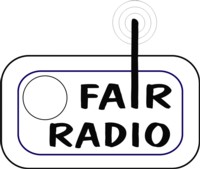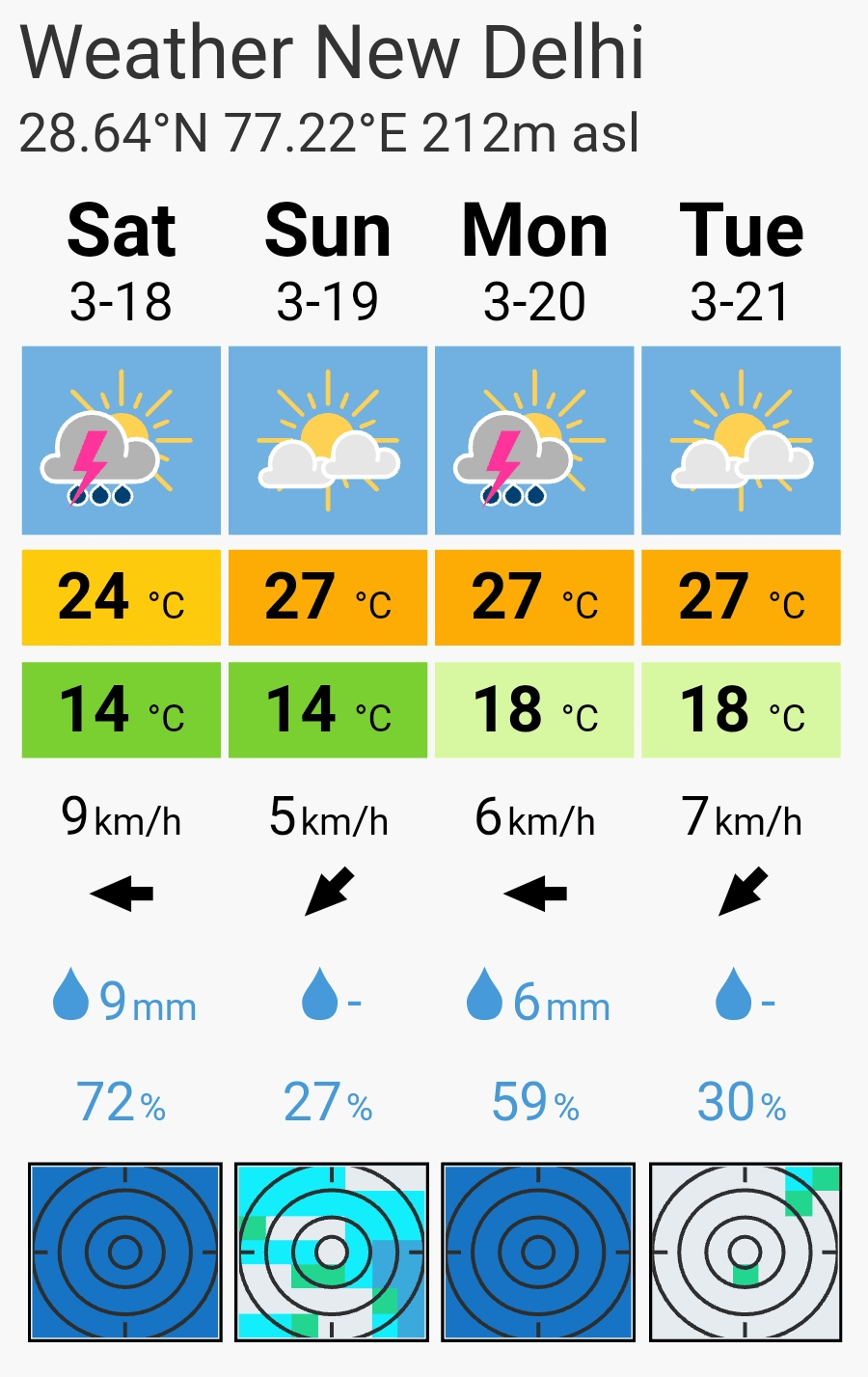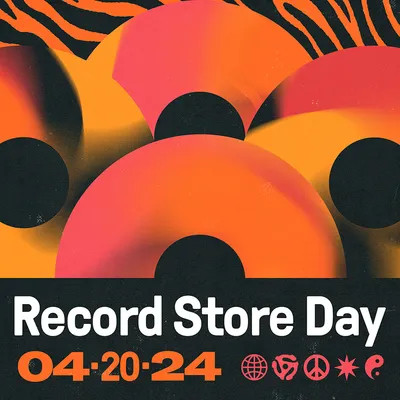IMC OnAir – IMCRadio.Net of the promotion initiative “IMC – India meets Classic” presents for its radio show in June the topic “Microtones in Hindustani Sangeet – the microtonal Structure of Indian Ragas“.
The micro-tonal (interval) structure existed in the medieval Western music and in the age of Baroque till the 18th century – and disappeared after the mathematical discoveries in music by the Swiss physicist and mathematician Leonhard Euler (1707-1783). In 1739 Euler wrote his “tentamen novae theoriae musicae“.
The Indian classical music is connected closest with the term of “micro tones” for more than 2000 years. First Sanskrit text with designation of micro-tonal intervals is the Natya Sastra of Bharata Muni, dated 200 B.C. – 200 A.C..
Bharata describes a Raga not as scale, but as a “tonal colouring”, which affects the heart and human mind. The meaning of the notes is assigned by eight (8) defined emotions (expression of moods). “Santa” = peaceful was added later by AbhinavaGupta as the 9th emotion (rasa). We refer in addition to our broadcasting “Nava Rasa-s – the nine moods of Indian Raga-s”.
date of broadcasting…
25th June 2012 – 04:00 pm EST (10:00 p.m. MEST) @ Radio RaSA (CH)
(premiere: 4th November 2008 – 09:00 pm CET @ Tide Radio)
InternetStream (Web & Mobile Radio) | PodCasting | broadcasting plan
The microtones have a relevant influence onto the development of Indian instruments for centuries. For the artistic arrangement of a raga in it’s modal form (see Jazz) consciously sound acoustic phenomena are used by consonances and dissonances for offering the listener a referencial level, the tonica as basic tone (1st pitch) on which a raga scale in it’s ascending and descending form is developed. We lit up the sound characteristics of Indian music in our broadcasting “Indian Drones“.
Within a firmly given tonal framework of three (3) octaves the interpreter of a raga – vocalist same as instrumentalist – arranges this modus (Jati) by a specific ornamentic, Alankar.
The alankars fulfill the structural and aesthetic requirements by two maintypes: Varnalankar – four (4) forms of the note arrangement and Shabdalankar, a classification of singing and playing techniques for the melodic and rhythmic arrangement. The Sangeet Ratnakar of Sharangdev and Ahobal’s Sangeet Parijat – musical treatises of the 13th and 17th century – designate 63 and 68 alankars. This high number of ornamental elements is symptomatic for the complexity of Indian Ragas.
An ascending or descending raga scale can consist of 5, 6 or 7 main notes within an octave. There are thousands of combinations of the ascending and descending scales.
The entire Raga grammar develops on the micro-tonal intervals. The Hindustani and Carnatic Sangeet are based on the concept of “Raga Sangeet“. – Sangeet means “singing together” or “singing with instrumental accompany“. Colloquially one may understand with the terms “Raga music – Raga Sangeet“, “classical music of Northern India” (Hindustani Sangeet) and “classical music of South India” (Carnatic Sangeet).
The main notes of the North Indian Ragas (Hindustani) correspond to the 72 Ragams of the Carnatic Sangeet. Since the 19th century the Ragams are defined in details with their derivatives in the so called Melakarta system. The North Indian Classics (Hindustani) is described inaccurately in the so called Thaat system, with 10 main raga-s (male) and their derivatives, the ragini-s (female).
For the conception of the micro-tonal structure we can orientate us in the Western music system which is named “equal temperament” with a series of equal steps (equal frequency ratios). Visible on the piano keyboard, the octave is divided into twelve half-tone steps, with seven (7) main and (5) half tone steps.
The seven (7) main notes, Sapta Swaras, we regain equally in the raga scales, the Moorchana-s. Five (5) of these seven main notes can be played up to twice increased and up to triple degraded, with exception of the fixed 1st (Sa) and 5th (Pa) pitch.
22 shruti-s in an octave (ascending scale: S (Shadja) – S’ (Tara Shadja))
Altogether 22 so called shruti-s, a kind of “natural scale” of micro-tonal structure with frequency steps smaller than the half-tone steps are still perceptibly and distinguishable for the human ear. Shruti means in Sanskrit: “that which is heard“.
In the November show we present examples on the Santoor, the Sitar and Sarangi, the Indian Fiddel, on the Sarode, the Indian flute Bansuri, the Harmonium and the violin and in the vocal style of Hindustani Khayal and Thumri (Indian Light Classics).
Special developments of micro-tonal structures as exist in the Dhrupad, the oldest vocal style in North Indian Classics IMC OnAir – IMCRadio.Net will treat in details by another broadcasting.




























